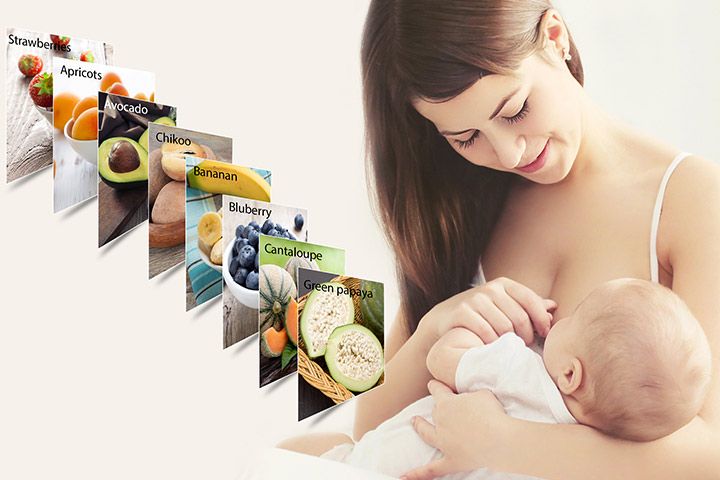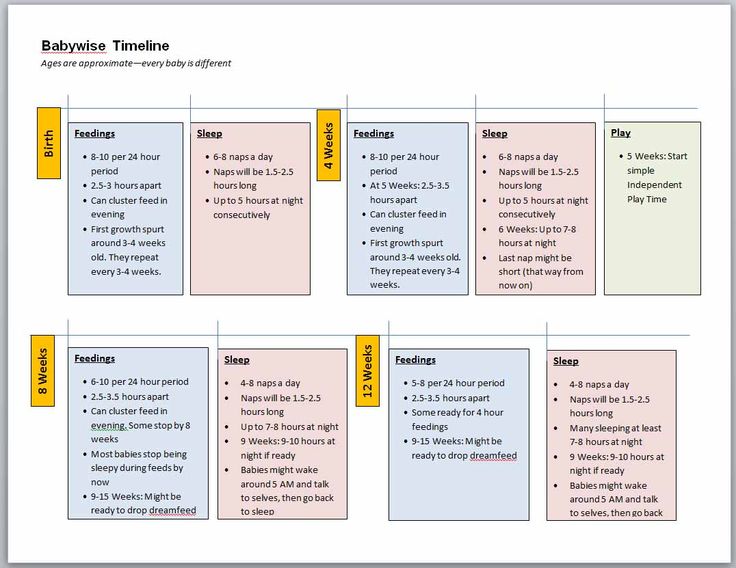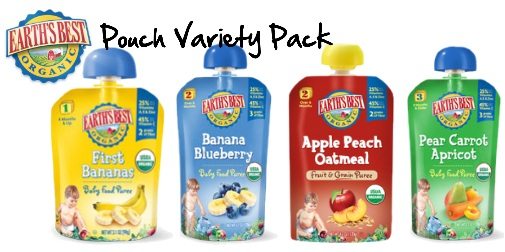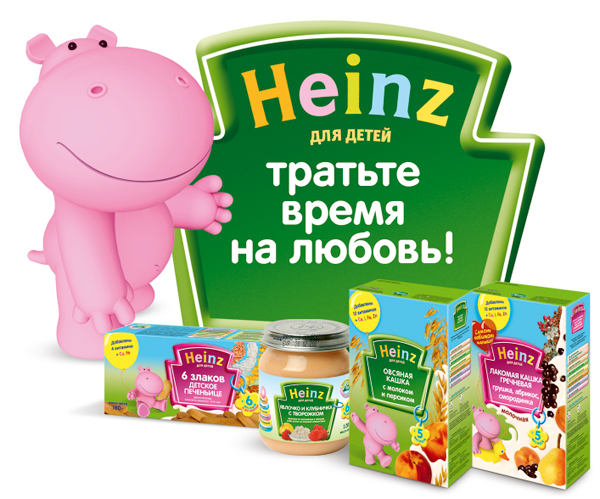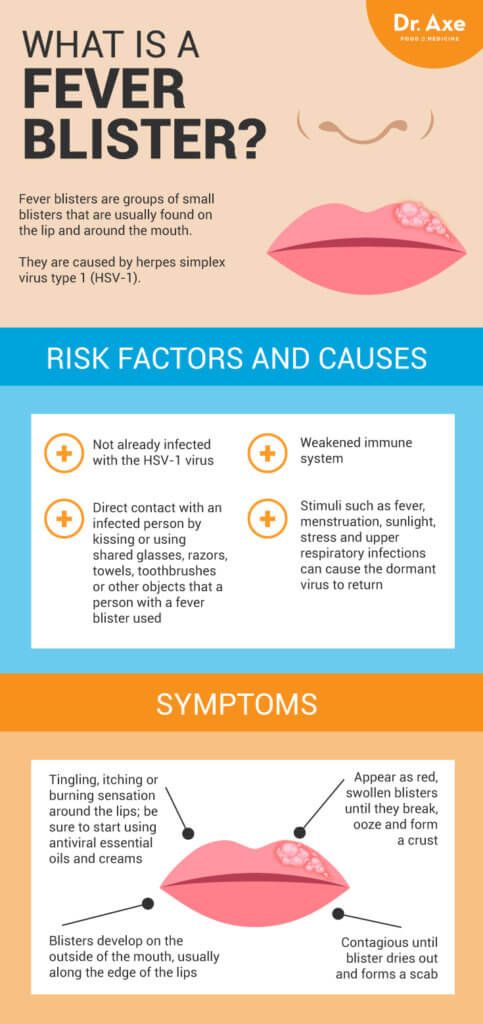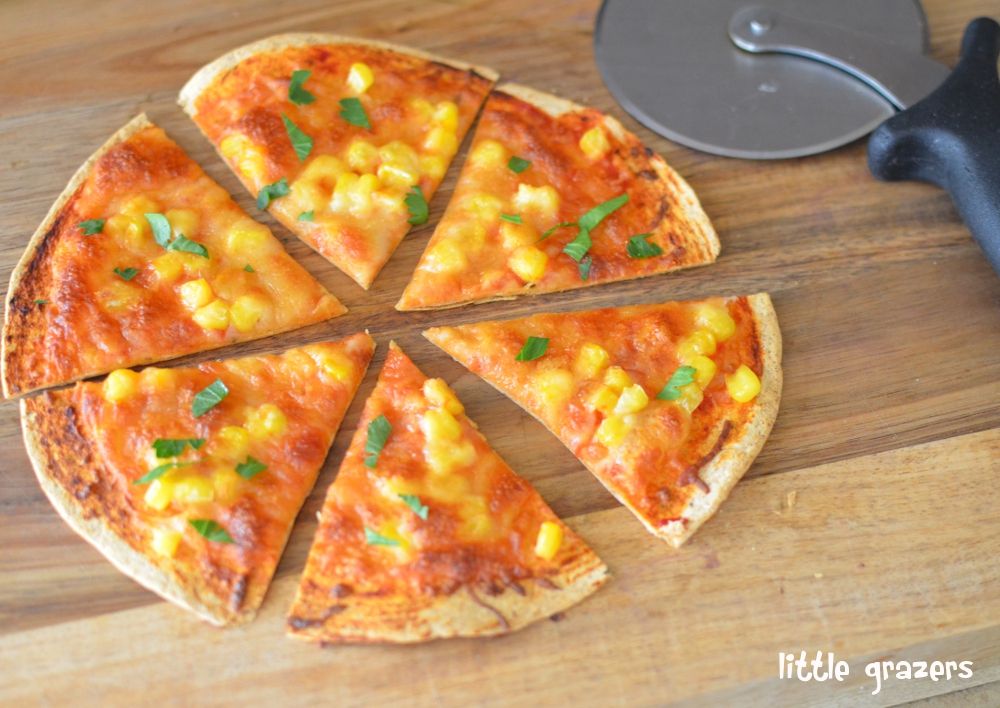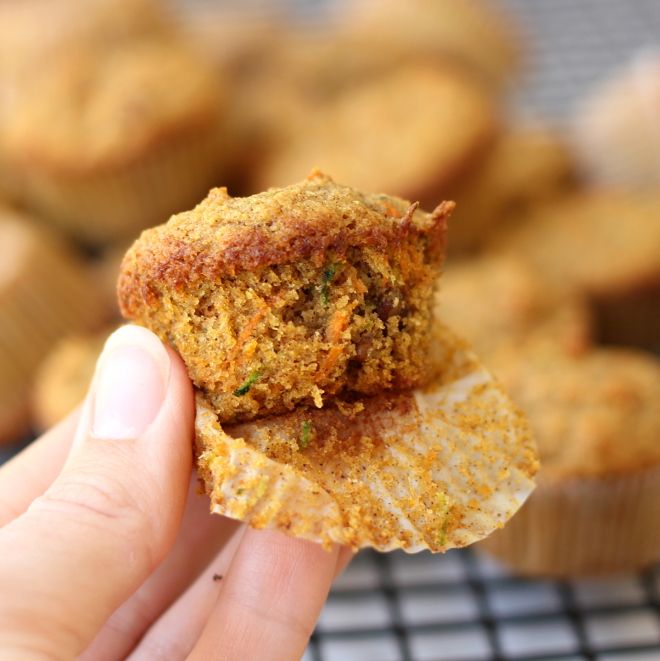Mesh feeder bag for baby
Ultimate Guide to Baby Feeders: Mesh and Silicone
You may have seen baby feeders, whether mesh or silicone, and wondered what they are for. They are a great tool for feeding babies and toddlers—and are especially awesome for teething relief. There are many on the market though, so today I’m sharing the best of the best.
Baby Feeder
A baby feeder is made up of an easy-hold handle and a little pouch with lots of holes. The idea is that the holes allow some of the flavor and texture of the food to come out, without the concerns that may come with larger pieces of food.
This means you can worry less when it comes to choking risks.
One thing to keep in mind: They don’t allow babies to have the full texture experience of the food—since the texture is mostly the mesh of the feeder. That means you don’t want to use one of these for every meal (or even most meals).
Lots of exposures to lots of textures helps babies and toddlers gain confidence in handling all sorts of foods, which can make feeding kids a lot easier over the long run.
But an infant feeder can be a handy tool to have in the mix, especially if on the go, starting to transition to baby food, or trying out a new food that has you a little nervous.
And they are a great way to offer cold teething relief to soothe baby’s gums.
Baby Fruit Feeder
Many people like to use baby feeders to offer fruit, either fresh or frozen, since the product is a safe way for baby to suck on and explore the flavor of a wide range of fruit.
TIP: Another name for this is Baby Fruit Pacifier.
Best Baby Food Feeders
Below are my top picks for infant feeders chosen for ease of use, durability, and ease of care (as in washing!). There are different materials listed, as well as specific information on each product.
Best Mesh Feeder
Munchkin Baby Feeder, sold in a set of two. (Or choose the ones that come with travel caps.)
This baby feeder has a streamlined, simple design of a mesh bag for the food and a ring for baby to hold onto. Small, digestible pieces of food come through so baby is getting some nourishment (and comfort if using for teething) without the risk of choking. It’s about $7 for two of them.
Small, digestible pieces of food come through so baby is getting some nourishment (and comfort if using for teething) without the risk of choking. It’s about $7 for two of them.
Best Silicone Feeder
Boon Silicone Feeder
This baby feeder, which is priced at under $6, is made from durable silicone and can be used with fresh or frozen foods. The interior stem forces food toward the tiny holes in the feeder and the small handle is sized just right for baby’s little hands.
Kidsme Baby FeederBaby Feeder Pacifier Combo
Kidsme Food Feeder
This popular Kidsme feeder has a replaceable silicone pouch that comes in two sizes, so you can adjust and replace as your child grows. It has a unique handle style that some babies may prefer and can be used as a pacifier too. It’s usually priced around $15 and is recommended for ages 4-24 months.
What baby foods should I put into a baby feeder?
Here are some fruits that are good to serve in a baby feeder:
- Raspberries, fresh or frozen
- Strawberries, fresh or frozen
- Blackberries, fresh or frozen
- Cantaloupe
- Honeydew
- Banana
- Mango, fresh or frozen
- Roasted sweet potato
- Roasted butternut squash
- Ripe fresh pear
- Fresh cucumber, skin removed
- Watermelon
- Cooked red meat such as steak
- Frozen grapes (These are NOT safe served to a child this age in any other way as they are a choking risk.
 They are fine served inside the feeder, though.)
They are fine served inside the feeder, though.)
TIP: You can use frozen fruit or ripe fresh fruit that’s soft and easy to gum. Avoid any fruits or veggies that are very hard as baby may be frustrated by that texture.
Frequently Asked Questions
What age can baby use a mesh feeder?
Babies can use an infant feeder soon after starting solids around 6 months, or when they can easily hold it and bring it to their mouth.
How do I use a baby feeder to help with teething?
If you fill the feeder, whether mesh or silicone, with frozen fruit, you can soothe teething in infants who are eating solids or in toddlers. It’s cold and yummy, yet requires no real work for the child to suck on, so it’s comforting.
Are all of these baby feeders BPA-free?
Yes, if you choose a mesh baby feeder or one made from silicone, they are BPA-free.
What’s the best way to clean a baby feeder?
Try using a bottle brush or just running water to clean out the mesh. It should be fairly easy to clean if you avoid letting it sit too long with food in it!
Are baby feeders good for babies?
The one downside could be that if you rely on them too much, the child learns the texture of the feeder, rather than of the food. This can make it harder for a child to learn to move actual food around in their mouths and harder for them to accept a range of textures in the future when you don’t want to be using the mesh feeder as much.
Because of that, I recommend using this product at limited times such as when on the go at a restaurant or to help sooth a teething infant, baby, or toddler.
This is not recommended as a way to feed your child at every meal.
If you are worried about choking, review this information on toddler choking and trust that if you serve foods that are easy to squish between your fingers, baby is sitting down at meals, and you are with them, they will learn to eat like so many other kids who have gone before them!
You May Also Like
- Best Baby Puffs
- Favorite Sippy Cups
- Best Snack Containers
- Best Lunch Boxes
- Favorite Suction Bowls
- Top High Chairs
I’d love to hear your thoughts on baby feeders in general or on these specific products, so please comment below to share!
This post was first published May 2019.
b.box Fresh Food Feeder Replacement Mesh Bags (2pk)
RRP
$3.95
Find stockists
Product Overview
b.box Fresh Food Feeder Replacement Mesh Bags includes replacement bags for the b.box Fresh Fooder Feeder (additional). The mesh bags are dishwasher safe.
Specifications
age range: Suitable from 4m+
Standout features
- Replacement bags for the b.box Fresh Food Feeder
- The mesh bags are dishwasher safe
You might also like
b.box Travel Bib +Spoon
b.box Travel Bib +Spoon
RRP $17.95
7 Reviews
b.box Flat Bib
b.box Flat Bib
RRP $9.95
1 Review
b.box Sippy Cup
b.box Sippy Cup
RRP $14.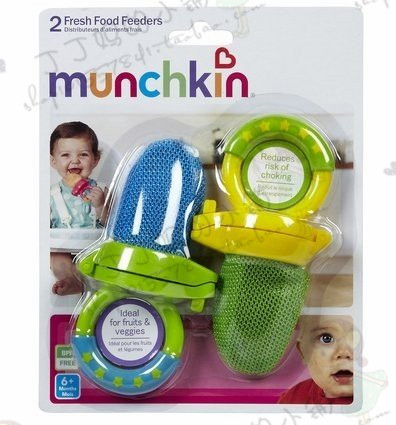 95
95
84 Reviews
b.box Sippy Cup Replacement Straw & Cleaner
b.box Sippy Cup Replacement Straw & Cleaner
RRP $8.95
12 Reviews
b.box Insulated Bottle Bag
b.box Insulated Bottle Bag
RRP $14.95
3 Reviews
b.box Silicone Fresh Food Feeder
b.box Silicone Fresh Food Feeder
RRP $12.95
15 Reviews
b.box Travel Drying Rack
b.box Travel Drying Rack
RRP $17.95
4 Reviews
Loading...
Reviews
1
Write a review
Write a review
1 Stars
0%
2 Stars
0%
3 Stars
0%
4 Stars
100%
5 Stars
0%
Elizabeth
VIC
Great replacements
Reviewed on 08 August 2017
I bought theses as soon as I saw them and love them. I found banana tended to be difficult to properly clean out of the originals. However having these replacements available is a godsend. I also love that it's a three pack so they last a long time between having to buy more.
I found banana tended to be difficult to properly clean out of the originals. However having these replacements available is a godsend. I also love that it's a three pack so they last a long time between having to buy more.
Customers also viewed
4moms RockaRoo
4moms RockaRoo
RRP $379.00
2 Reviews
Airwrap 4 Sides -- a safer cot bumper
Airwrap 4 Sides -- a safer cot bumper
RRP $59.95
22 Reviews
Airwrap Mesh 4 Sides
Airwrap Mesh 4 Sides
RRP $49.95
27 Reviews
All4Ella Bandana Bibs (2pk)
All4Ella Bandana Bibs (2pk)
RRP $13.99
Loading...
Please send us any questions you may have about this product as we would love to help you!
First name *
Last name *
State *Please selectACTNSWNTQLDSATASVICWAOutside Australia
Email address *
Repeat email address *
Question / Enquiry *
Please subscribe me to The Baby Industry e-newsletter
Your personal information will be kept safe and sound in accordance with your privacy policy
If you find this content inappropriate and think it should be removed from The Baby Industry Site, please let us know by clicking the button below. You can add an optional comment about why you believe the content is inappropriate. This information will be sent to The Baby Industry and we will take appropriate action
You can add an optional comment about why you believe the content is inappropriate. This information will be sent to The Baby Industry and we will take appropriate action
Do not enter, if you are human
Enter the reason you find the content inappropriate (optional):
In order to Write a review, Create and edit a Wishlist or Start / Join in a Conversation you will need to be logged in. If you have not yet signed up - you can also sign up here.
Do not enter, if you are human
Email address
Password
Forgot your password?
Not registered? Sign up here
Sign up to our e-newsletter to be kept-up-date on all the amazing baby brands and products as well as important product information.
Loading...
Let other parents and carers know what you think about a product to help them make informed product choices. Search for a product to Review by typing the product name in the below box. Please note only brands and products listed on the TBI website can be reviewed.
Please note only brands and products listed on the TBI website can be reviewed.
View full details
Product Search
Bird feeder as a way to develop children's attention
At all times in the upbringing of children, it was very important to instill in the younger generation care, love, attention to birds and various animals. Parents should gradually introduce the baby to the world of birds, explaining to the baby the role of man in the world around him, nature. It is for such cases that do-it-yourself construction for birds of comfortable, beautiful, practical feeders is perfect.
Caring for cute birds will bring real joy to the baby, while he will begin to understand that everyone who needs it needs help, including feathered representatives of nature. In fact, this is the first step in comprehending such an important feeling as mercy, attention to others.
Knowledge never hurts
It is necessary to explain to the child in an accessible form that any actions of a person can influence the world around them. And these actions do not always have a positive effect on nature. The kid must understand that you should take care of the world around you and its inhabitants. It is better to leave specific facts out of the brackets, including the mortality of titmouse during the period of severe cold, so as not to upset and even frighten the young naturalist.
And these actions do not always have a positive effect on nature. The kid must understand that you should take care of the world around you and its inhabitants. It is better to leave specific facts out of the brackets, including the mortality of titmouse during the period of severe cold, so as not to upset and even frighten the young naturalist.
In the process of making the feeder, the parent will have to touch not only the direct construction, but also issues of science and natural history. The child will certainly become interested, and for which birds there will be a feeder. Here, dad or mom will have to remember the school curriculum and tell that about seven dozen different birds remain in Russia for the winter in cities and adjacent areas, including titmouse, blue tit, Muscovy, Gadgets, woodpeckers, bullfinches.
Unobtrusively, but it will be very interesting for a child to learn that it is birds that bring great benefits to people and all nature, because they eat harmful caterpillars and bugs.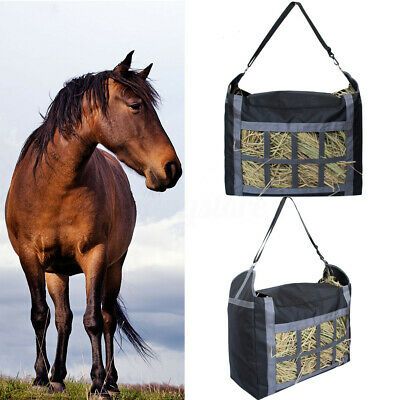 In winter, such “harmful” food tries to hide, for example, under the bark of trees, so many birds cannot get them out of there. And the plant seeds are already covered with a thick layer of snow, which can only be reached after the snow and ice melt.
In winter, such “harmful” food tries to hide, for example, under the bark of trees, so many birds cannot get them out of there. And the plant seeds are already covered with a thick layer of snow, which can only be reached after the snow and ice melt.
Understanding the complexity of feeding birds in the winter, a person must help the little birds, which is what you need to tell the baby. Believe that each new fact will be very interesting for him, because the parents tell everything with paternal love.
And don't forget about the fact that when making a feeder, always busy parents will spend several hours with their child and give him such necessary attention. Just imagine how children's eyes will glow with happiness, seeing their beloved father and mother next to them, trying to help the young naturalist.
Types of bird feeders
Of course, you can go to the nearest market or shop and buy a ready-made bird feeder, but it’s more correct and better, from the point of view of competent upbringing of a child, to make it yourself using improvised means, simple materials and devices .
"Classic"
The classic model of the feeder looks like an open gazebo, in which there is a reliable roof and a solid floor. It is on the “floor” that dad and son will put tasty and healthy food, food for birds. To prevent the wind from blowing the food off the floor, it is necessary to make sides of a small height on the sides of the floor. From snow and rain, the food will be reliably protected by the roof. Another important point is the organization of drainage holes in the floor through which water falling from the sides escapes. If the water is not taken away in time, then the food will soon become moldy and cease to be useful for the birds. When making such a feeder, it is worth considering that the edges and walls should not have sharp edges so that the birds do not damage their wings. At each stage of creating this design, it is worth explaining to the child the usefulness and importance of each action, thereby the child will also begin to comprehend the initial building skills.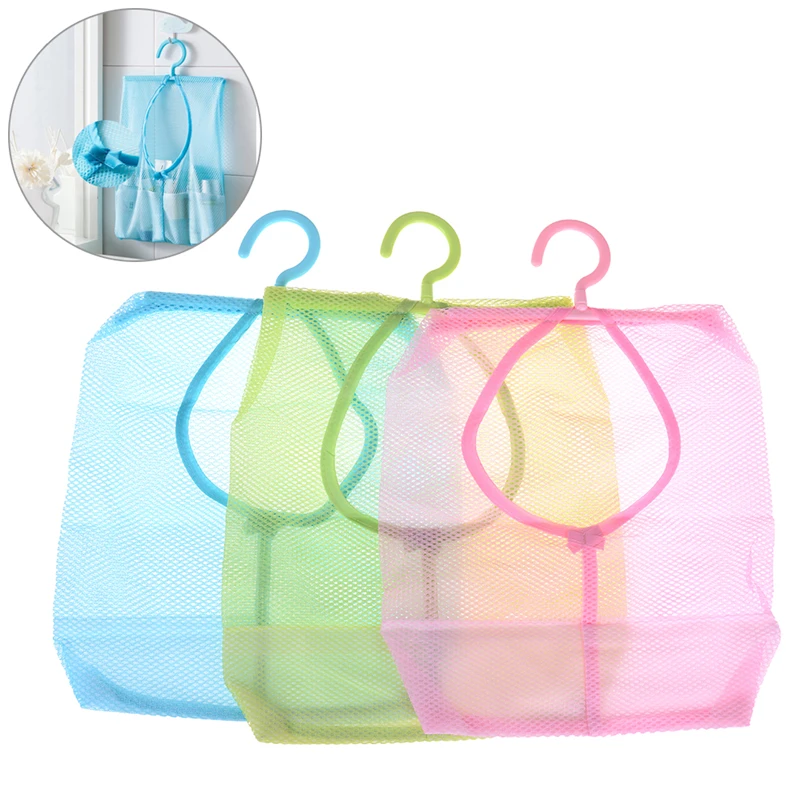
"Neoclassic"
For the first version of the feeder, you need to have wooden planks, sticks, a few nails, which is not always at hand. In this case, you can make a less troublesome, but no less effective "canteen" for the birds. Take a juice bag, milk bag, or a 5 liter drinking water bottle. Carefully cut holes on both sides, remembering to leave a small shoulder at the bottom. In the upper part, thread a piece of wire or a thick rope, with which the entire structure will be suspended from a tree knot. In the manufacture of this type of feeder, the child is again taught, because it is worth telling him about caution when handling sharp cutting objects (knives). Another small step in the child's understanding of the world around him.
Wall-mounted "cage" for grain mix
For a simple but reliable design, you will have to find some coarse mesh in the garage or storage room. Turning on the inner sense of a sense of space, you need to make a small box. Don't worry if its shape and dimensions look a bit ridiculous.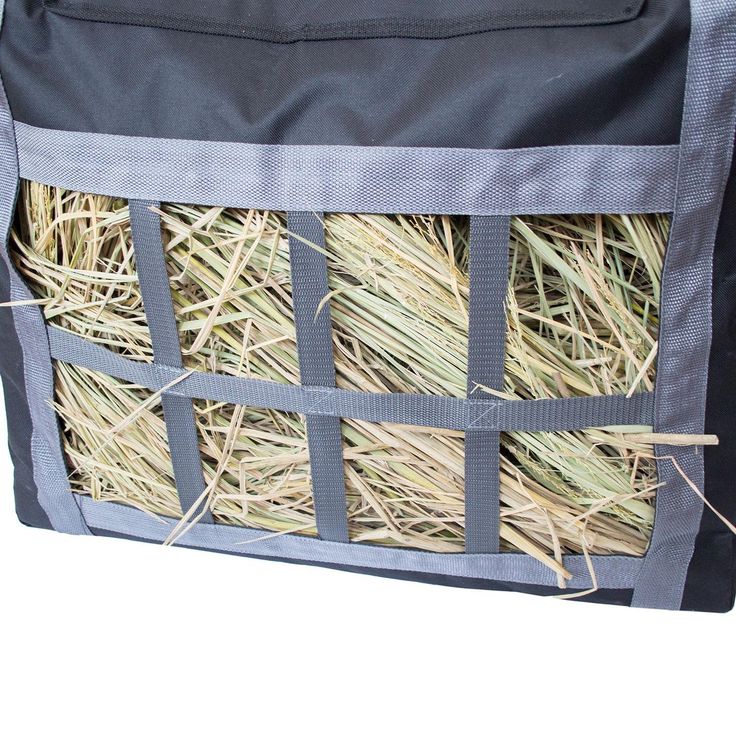 The main thing is the cause for which it was created.
The main thing is the cause for which it was created.
Inside the mesh space box, you can put the grain mass prepared in advance from coconut oil, vegetable oil and 300 gr. grain mixtures. The oil is heated, grains are added. The whole mixture is poured into small molds, and after solidification, it is laid out in feeders.
Pumpkin arbor
Probably, many parents have a dacha or a couple of beds in the village, where a lot of vegetables and fruits have grown over the summer. A small pumpkin is perfect for making a feeder. It is enough to cut a through hole in the body of the pumpkin, which should subsequently be cleaned of seeds. With the help of a piece of wire or rope, the pumpkin is hung by the tail on the nearest tree. At the bottom of the new "dining room" feed is poured out. Simple, but very beautiful and comfortable feeder. Here you can also tell your child about vegetables and their benefits. It would seem that a simple pumpkin, but how many benefits can a person get when eating it. In a simple and unpretentious way, tell your child some fairy tale related to this unique vegetable.
In a simple and unpretentious way, tell your child some fairy tale related to this unique vegetable.
A tin can to help you
A very tempting solution for birds is a bright tin painted in various colors. It is enough just to cut off the bottom of the jar from any end and process the edges to remove sharp edges. Sprinkle food inside such a feeder. Due to the presence of one end "wall", the food will not fly out during gusts of wind.
Use a bright satin ribbon to hang the jar from a branch of a tree. Due to the beautiful bright color, such a feeder will not only be a wonderful gift for the feathered "brothers", but also an unusual decor element of any garden or yard.
Wicker twig feeder
This type of feeder is considered quite difficult to manufacture, because you have to watch several videos about construction technology. The main thing is to find long rods of the vine, without growths and knots. A little patience and perseverance from the parents and the child and the feeder will be ready.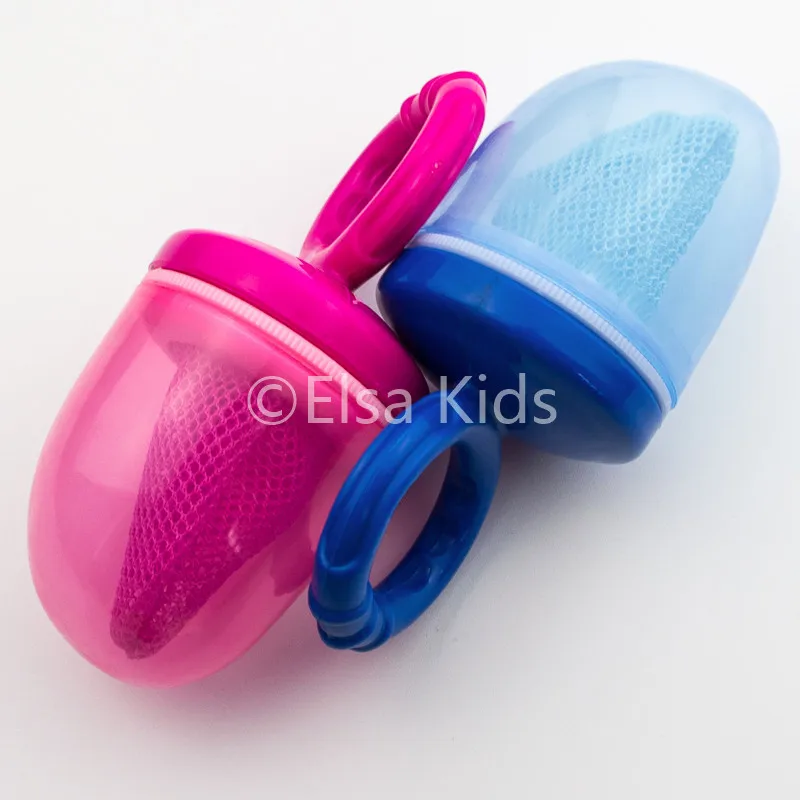 Thus, the child can develop perseverance, which will be very good during the lessons at school.
Thus, the child can develop perseverance, which will be very good during the lessons at school.
A little about bird food
Ornithologists say that each bird has its own food preferences. So titmouses prefer cheese and a piece of salted bacon, dried meat. For such treats, you can whip up a mini feeder. A piece of meat is strung on the tip of the wire and immediately hung on a tree knot. With its small but strong paws, the bird will confidently hold on to a piece of meat, eating it appetizingly. At the same time, even gusts of wind will not be afraid of such a "dining room", swaying measuredly with a bird.
Next on the list of bird food are sunflower seeds (raw, roasted, dried). Clever birds with husks do not swallow seeds, but very scrupulously peck out the kernels. In addition to sunflower, you can pour seeds of melon, pumpkin, millet, millet. Just keep in mind that any food must be necessarily unspoiled, fresh.
Benefits for children
Each of the feeders discussed above can be considered not only a real masterpiece of joint building art, but also a real storehouse of knowledge, which is told to the child by his parents. Describing each stage, talking with the child, carefully listening to their child, parents teach not only the baby, but they themselves comprehend the difficult, but such a pleasant lesson in communicating with their son or daughter. Step by step, year after year, moving from a simple feeder, for example, to a more complex birdhouse, parents again and again teach their child new life tricks. The process is endless, but very, very enjoyable.
Describing each stage, talking with the child, carefully listening to their child, parents teach not only the baby, but they themselves comprehend the difficult, but such a pleasant lesson in communicating with their son or daughter. Step by step, year after year, moving from a simple feeder, for example, to a more complex birdhouse, parents again and again teach their child new life tricks. The process is endless, but very, very enjoyable.
DIY bird feeder
Hobbitania Needlework School 🎨 | Site Policy | Contacts
Author: School of Needlework Hobbitania
Birds living in the wild need protection and care. It is especially difficult for them during the winter: when it is cold outside, it is so hard to find shelter and food.
That is why caring people try to feed our younger "brothers" as much as possible. One of the ways that will not only help the birds, but also decorate your garden, is a feeder made from improvised materials.
In this article, we have collected some of the most affordable options - focusing on descriptions and photographs, using already unnecessary items (plastic bottles or old dishes), you can easily equip a place where flocks of birds will gather.
Review content:
Material selection
After assessing the resources you have to create a feeder, you can choose an idea to your liking. However, it is worth remembering that not only its appearance depends on the configuration, but also practical characteristics such as stability.
That is why a good feeder must meet the following requirements:
Wear and durability. Preference should be given to wood or plastic that can withstand weather conditions without getting wet from rain and snow, without collapsing under gusts of wind.
In addition, the birds themselves often cause damage to the feeder - in search of crumbs, their beaks and claws scratch and tear fragile materials.

Proper size. Remember that if you cut a small feeder, for example, from a tetrapak, then large birds will not be able to eat from it, and small ones will start fights for a place and shake out food on the ground.
No sharp edges, protruding nails, etc. Birds are very delicate creatures, their feather protection and skin on their legs cannot prevent cuts from sharp objects, so make sure that your feeder is not dangerous for them, especially if it is made of glass, plastic or knocked together from planks!
Location and installation
Choosing the right location is critical!
After choosing the most suitable location in terms of landscape design, evaluate:
Accessibility for birds. Perhaps the feeder will be closed from them by thick branches, or, conversely, too open, and then, with a strong wind, the birds simply will not be able to get close to it.
Hard to reach for cats.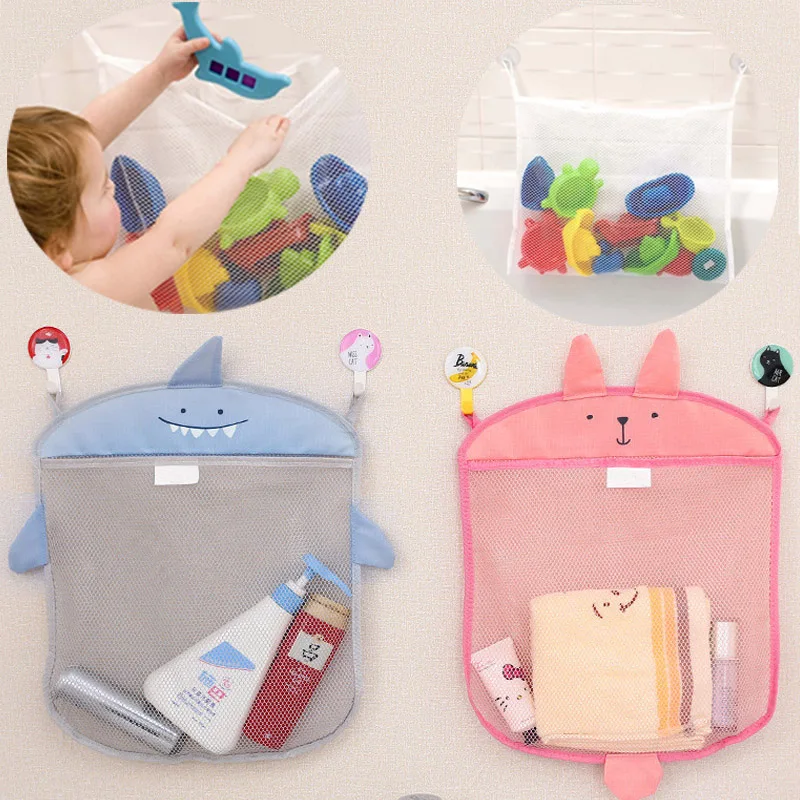 These animals are excellent hunters, especially those who live in villages and holiday villages. They are stronger, faster and more agile than their domestic counterparts, and therefore, sneaking up to the feeder, they can cause great damage to the bird community.
These animals are excellent hunters, especially those who live in villages and holiday villages. They are stronger, faster and more agile than their domestic counterparts, and therefore, sneaking up to the feeder, they can cause great damage to the bird community.
DIY Feeder Ideas
There are so many different types of feeders, it's all up to your imagination and the materials you have.
We will try to consider both the simplest and the most original ideas.
House made of wood or plywood
Despite the apparent complexity, such a structure can be assembled with unnecessary boards, pieces of wood, glazing bead, plywood and, of course, special glue or nails.
The base must be a heavy flat plank. For the manufacture of walls and roofs, you may need a drawing, however, it is quite possible to get by with an eye.
Wooden feeder, depending on how much attention you pay to it, can become not only a place for feeding birds, but also an elegant decoration of your garden.
Plastic bottle feeder
This type of feeder is very easy to make and is perfect if you decide to involve children in the process of creating. You need to cut one or two holes in the bottle in such a way that it is possible not only to pour the food, but also access to it is not difficult.
Of course, it is worth trying to make the cut edges come out neat and not too sharp (besides, it is advisable to cover them with tape).
If you are using a small bottle (1.5-2 liters), there are two ways to proceed: cut a square or rectangular hole in the bottle, or prefer a U-shape so that you can bend a piece of plastic and make a visor.
In the event that you decide to use a large bottle (5-6 liters, in which drinking water is usually sold), you can make a large side cut. So it will be possible not only to fill up more food, but also give the birds room to maneuver.
In order to prevent the wind from ruffling a light bottle, it is worth putting a stone or a brick fragment on the bottom. This also applies to the next type of feeder.
This also applies to the next type of feeder.
Tetrapack bird feeder
You can also use juice or wine boxes to make a bird feeder.
To do this, follow the same technology as in the previous case: mark the place of the cut, cut it out in shape, glue tape (or adhesive plaster) on the underside of the opening, then make holes for a strong rope in the upper part of the tetra pak. It remains to hang the feeder in the place of your choice.
Shoe box feeder
Shoe box cardboard is not a durable material, but it is quite resistant to moisture, and if it is cold outside, such a feeder can hang until spring.
The manufacturing technology of the feeder, as in the previous cases, is also very simple: make four or six holes for the rope, cut on the sides and put the weight on the bottom - for stability.
Other options
The above options are extremely popular - such feeders can be found in any country house.

